Pine Nuts
Seeds obtained from the cones of specific pine tree species are called pine nuts. There are more than 100 regional species of pines; however, only around 20 of them produce seeds large enough to be used for edible purposes. The Korean, Siberian and Italian varieties are some of the most popular ones, highly regarded for their rich nutritional value and distinct nutty flavor.
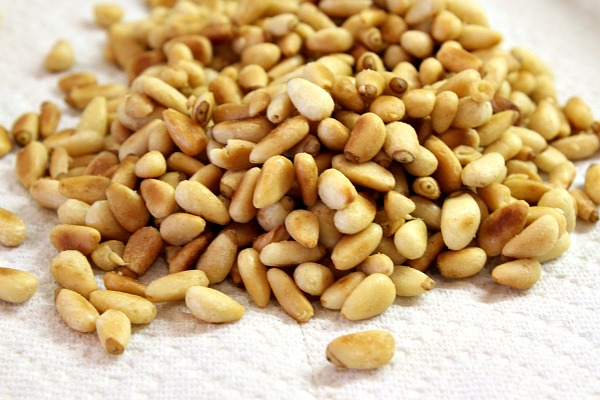
Pine Nuts
Table Of Content
Names in other languages
Arabic: Sanobar
French: Pignon
Greek: Koukounári
German: Pinienkernen
Hindi: Chilgoza
Kannada: Pain kāyi
Marathi: Chilgoza
Spanish: Piñones
Tamil: Ellu
Telugu: Pine Kayalu
Urdu: Chilgoza
Description
The nuts grow around 1 cm in size, being somewhat oval in shape, resembling peanuts, but much flatter,
Pine Nut Oil
The oil extracted from any species of pine is called pine nut oil. It is used in traditional medicines as well as culinary. The oil extracted from American and European pines is most commonly used in cooking. It has plenty of medicinal properties as well, making it useful for relieving joint pain, treating certain skin conditions (eczema, Athlete’s foot and acne), preventing common cold and flu as well as in aromatherapy.
Nutrition Facts
Nutritional value per 100 gms of pine nuts:
| Nutrients | Amount (RDA) |
| Carbohydrates | 13.1gm |
| – Starch | 1.4gm |
| – Dietary fibers | 3.7gm |
| – Sugars | 3.6gm |
| Protein | 13.7gm |
| Total fats | 68.4gm |
| – Saturated | 4.9gm |
| – Monounsaturated | 18.7gm |
| – Polyunsaturated | 34.1gm |
| Vitamins | |
| – beta-carotene | 17 μg (0%) |
| – Thiamine (B1) | 0.4mg (35%) |
| – Riboflavin (B2) | 0.2mg (17%) |
| – Niacin (B3) | 4.4mg (29%) |
| – Pantothenic acid (B5) | 0.3mg (6%) |
| – Vitamin B6 | 0.1mg (8%) |
| – Folate (B9) | 34 μg (9%) |
| – Vitamin E | 9.3mg (62%) |
| – Choline | 55.8mg (11%) |
| – Vitamin K | 53.9 μg (51%) |
| – Vitamin C | 0.8mg (1%) |
| Trace metals | |
| – Calcium | 16mg (2%) |
| – Iron | 5.5mg (42%) |
| – Magnesium | 251mg (71%) |
| – Manganese | 8.8mg (419%) |
| – Phosphorus | 575mg (82%) |
| – Potassium | 597mg (13%) |
| – Zinc | 6.4mg (67%) |
100 grams of pine nuts contain about 673 kilo calories.
Health Benefits
Anti-infectious Properties: Pines contain several minerals and significant amount of Manganese, which are essential co-factors of the anti-oxidant enzyme superoxide dismutase. Regular consumption of pines develops resistance against oxygen-free radicals and infectious agents.
Maintains Cardiovascular Health: Their rich in oleic acid and other mono-saturated fatty acid contents help to lower low-density lipoprotein (LDL or bad cholesterol), and increase high-density lipoprotein (HDL or good cholesterol) in blood, thus helping in preventing heart strokes and coronary artery diseases.
Appetite-Suppression and Weight Loss: They contain pinolenic acid (ω-6), an essential fatty acid which helps in the release of appetite suppressant enzymes like GLP-1 and cholecystokinin, thus helping in weight loss.
Healthy for Skin: Pine nuts have over 60% of the RDA of Vitamin E, a powerful anti-oxidant that protects the skin and mucus membranes from harmful radicals. Their rich amino acid (lysine) content provides protection against the herpes simplex virus. They also prevent damage of the skin cells, delaying aging.
Better Metabolism: It contains various B-Complex group vitamins (e.g. pantothenic acid, niacin, riboflavin, thiamine, folate) that function as co-factors of enzymes that participate in cellular substrate metabolism.
Cooking Tips
How to toast
For toasting the nuts, place them on a flat oven-safe tray and cook for 5-10 minutes at 325°F, until golden brown. Stirring them occasionally is recommended to make sure to they are evenly toasted.
How to roast
Take the nuts in a dry skillet and cook over medium-low heat until they turn a nice light brown shade. Roasting them does not take more than a few minutes as they tend to heat up within a short time.
Uses
Culinary Uses
- Pine nuts are popularly used in baked goods, like cakes, cookies and muffins as well as in soups, salads and various sautéed dishes.
- Salted nuts are consumed as a nutritious snack
- It is an essential ingredient in the Italian pesto sauce
- The Longer and thinner Asian varieties are more commonly used in vegetarian Asian, Mediterranean and Italian dishes than the Mediterranean and American varieties due to their richer oil content.
- Like peanuts and almonds, they do not contain gluten, making them a primary ingredient in various gluten-free products.
Medicinal Uses
- Pine nut powder and the essential oil are both used as dietary supplements
- In homeopathic medicine, pine nuts are consumed daily for increasing one’s energy and stamina.
Other Uses
Pine tree is valued for its high quality timber, used commercially throughout the world in carpentry. The attractive coniferous tree is also a popular choice for ornamental planting.
Pine Nut Recipes
- Red king crab with polenta and wild garlic
- Grilled lamb chops with garlic pesto and Jersey Royals
- Pan-fried gnocchi with broccoli pesto and grilled vegetables
- Kids’ baked potatognocchi with pesto by Jo Ingleby
- Goats’ cheese and chicken layeredloaf
- Razor claims in borage butter with pickled shallots and pine nut
- Sardine Beccafico
- Minestrone Primavera
- Swiss chard tart with roasted pumpkin and basil
- Spinach feta and pine nut salad
- Kids’ customised couscous salad
- Spiced lamb kofta meatballs
- Pine Nut Cookies
- Basil Pesto Hummus with Toasted Pine Nuts
What are the substitutes of Pine Nuts
- Roasted silver almonds are top choice to get the texture and crunch right. Almonds are good alternative to be used in salads too.
- Macadamia nuts are also preferable for the waxy texture but are harder.
- Depending upon the cook, walnuts can substitute pine nuts well in pesto.
- Sunflower seeds are the least considered but one of suitable alternatives to pine nuts.
Side-effects of Pine Nuts
There are no notable and serious side-effects of pine nuts, apart from the “pine nut syndrome” characterized by a bitter or metallic taste in the mouth, lasting for upto a couple of weeks after one consumes them. However, it does not have any long term health risks.
Pine nuts may lead to certain adverse symptoms in people allergic to nuts (especially peanuts) with the side effects including abdominal cramps, dizziness, vomiting, runny nose, watery eyes, red rashes, hives and itchiness.
Are Pine Nuts Good For You during Pregnancy
They are a good source of iron, an essential nutrient for pregnant women as it helps to prevent iron deficiency anemia and assists fetal haemoglobin production. However, over consumption is not recommended.
How to store
Tturn rancid quickly due to rich composition of oil and protein, so it is recommended to consume them within 1-2 weeks. They can keep well for around 3 months when refrigerated in an airtight container. The shelf life can be extended up to 9 months by freezing the nuts in a plastic bag, stored in an airtight container.
Where to buy
The best possibility to find pine nuts is at supermarkets, hypermarkets, big specialty stores as well as online organic food stores. It is notable that all varieties of pine nuts such as the Siberian and Italian ones may not be available in the same market.
Pictures
References:
http://www.nutrition-and-you.com/pine-nuts.html
http://www.seedguides.info/pine-nuts/
https://www.foodauthority.nsw.gov.au/about-us/science/food-risk-studies/pine-nuts-and-pine-mouth
http://www.bbc.co.uk/food/pine_nut
http://en.wikipedia.org/wiki/Pine_nut_oil
- by admin
- July 25th 2014

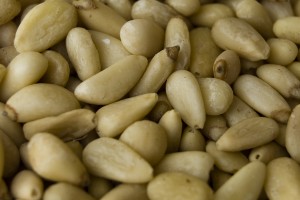
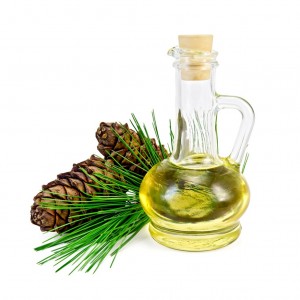
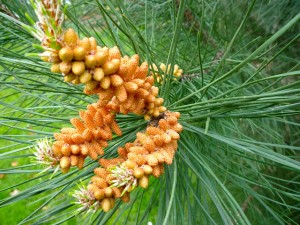
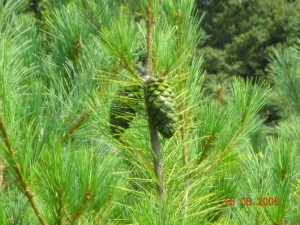
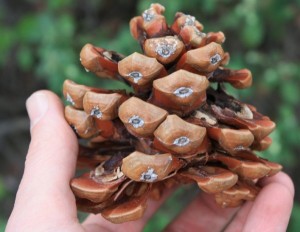
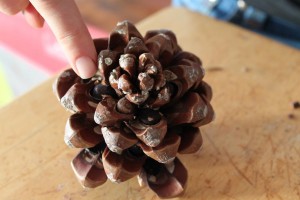
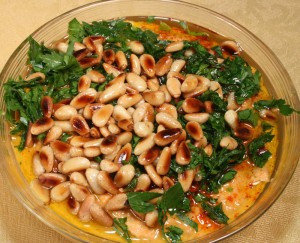
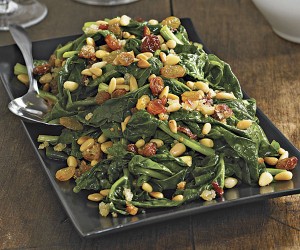
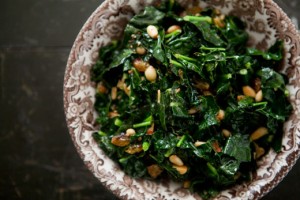
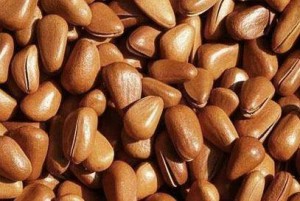
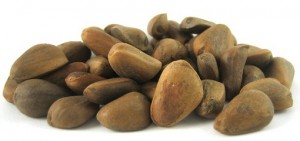
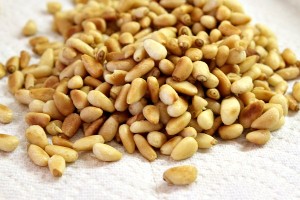
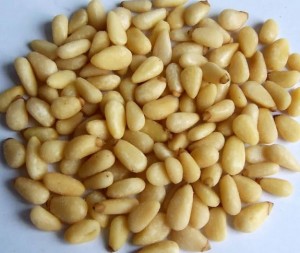
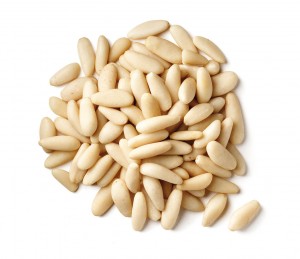

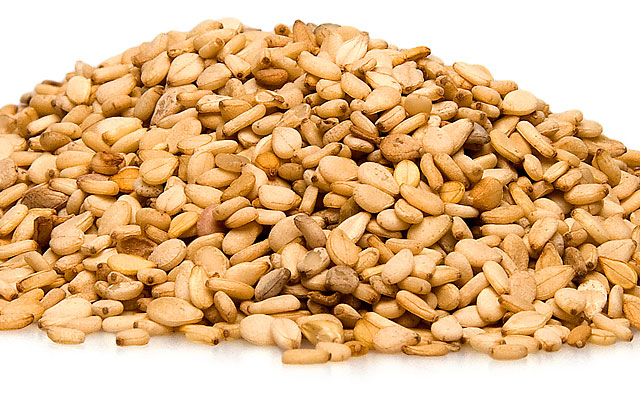
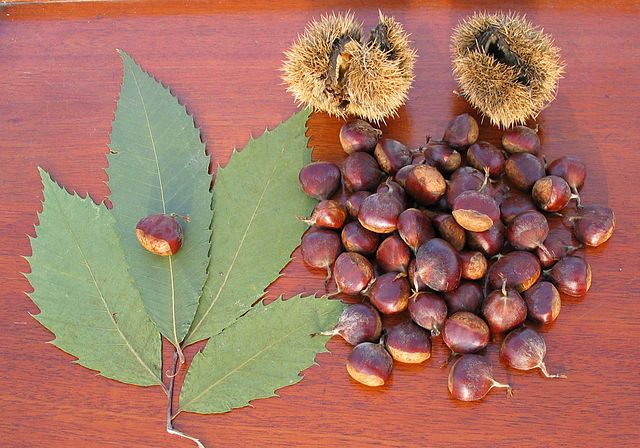
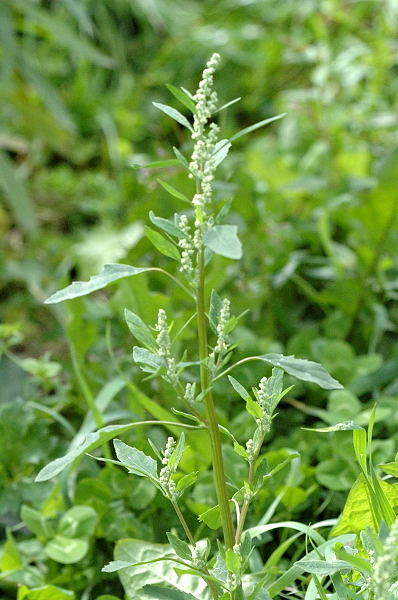
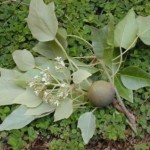
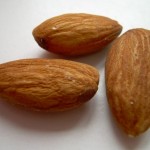
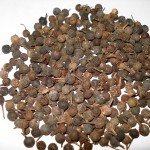
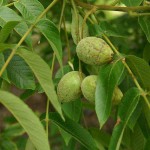
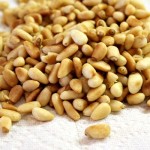
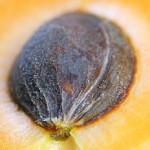
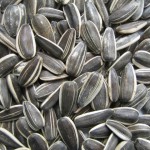
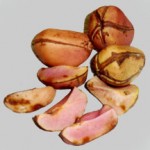
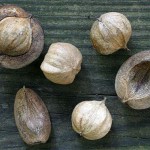
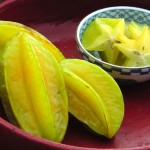
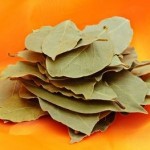
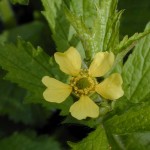
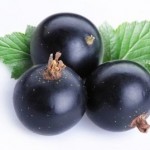
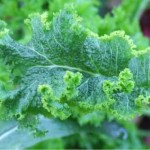
Leave a Reply